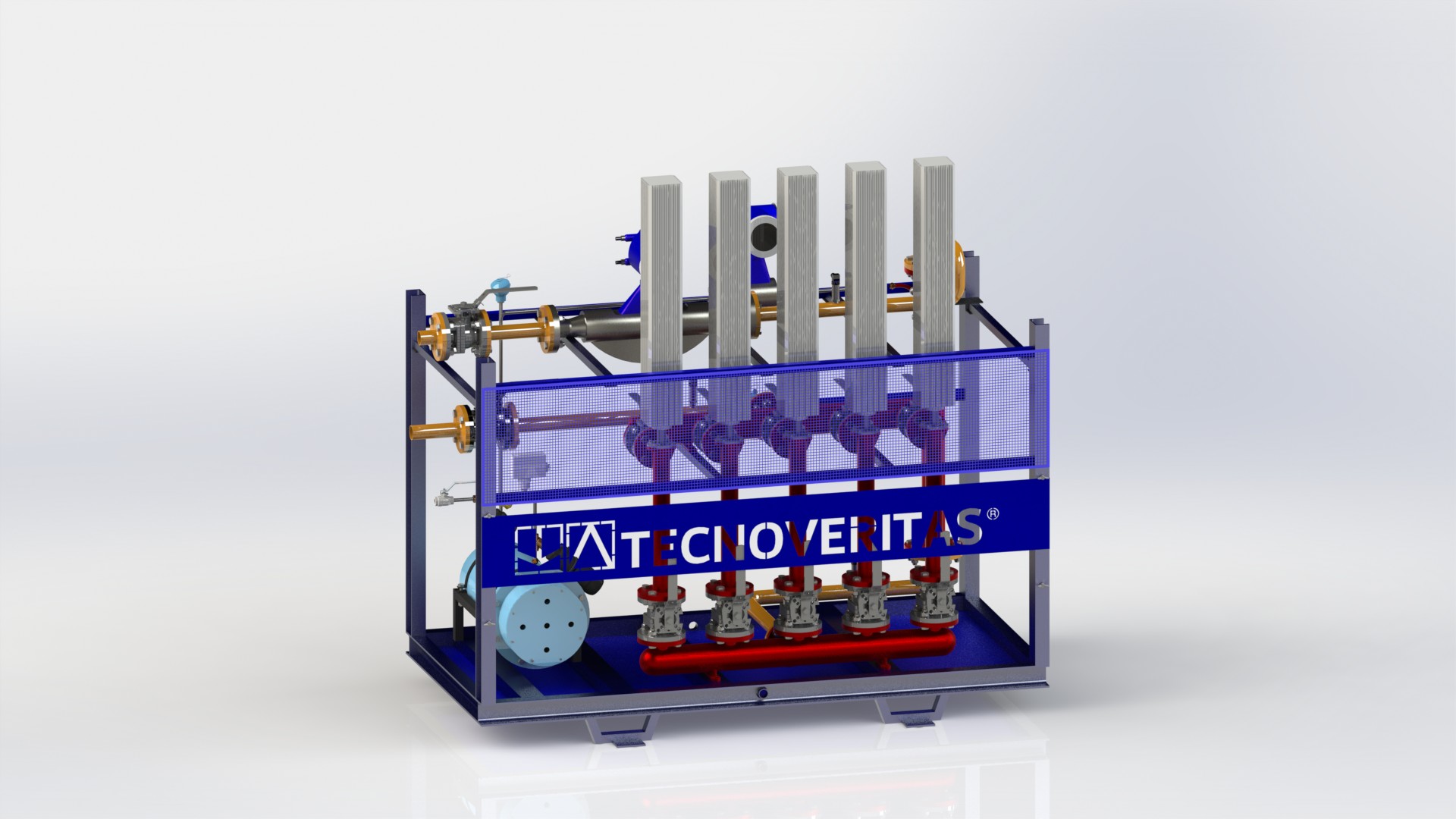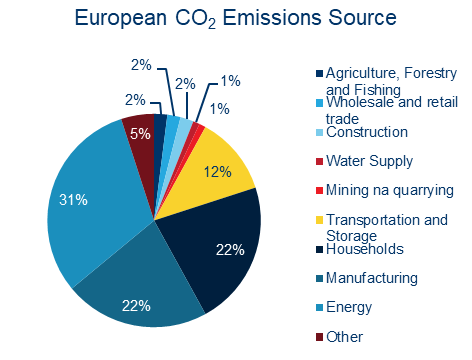Combining Innovation with Energy, with a single goal: reducing emissions
The production of electricity from non-renewable energy sources contributes significantly to global warming, climate change, and air pollution, in addition to using exhaustible resources. However, it is an easy energy to obtain, not depending on atmospheric conditions, unlike most renewable energy sources.
The transport and goods manufacturing sectors are two of the main contributors to environmental pollution, not only CO2, NOx and PM (Particulate Matter), which are highly harmful to human health.
According to the WHO, air pollution causes about 24% deaths from cardiovascular disease, 25% from stroke, 43% from chronic obstructive pulmonary disease and 29% from lung cancer. In 2016 polluted air abroad killed 4.2 million people.
Solutions (?)
It is imperative to solve this problem that is conditioning life on our planet. If, on the one hand, we need the energy to live the way we live, on the other hand, the way it is produced is killing us.
The question then arises: What to do? What’s the solution? Unfortunately, the answer is not as assertive and positive as we would like. At this moment, in the 21st century, where innovation and technology are said to prevail, there is no effective solution or method to solve this problem.
It is true that there are already several solutions and methods in the market, but they are not efficient enough, and besides their low efficiency, there are other constraints ranging from political to economic interests.
Renewable energies and other solutions
There are a growing commitment and innovation of renewable energies (increasingly profitable and productive), both by individuals and public bodies, focusing on wind, hydro, solar and other energy sources, allowing to reduce atmospheric pollution and to continue to use electric energy for the daily activities.
In March 2018, Portugal consumed electricity produced through renewable energy for 69 hours. Although these cases are positive they are still insignificant in comparison to the damages caused until today. However, it is necessary to continue investing in and developing these technologies to make them more worthwhile. Innovation can be a preponderant element for this.
One of the solutions developed by TecnoVeritas involves the treatment of fuel which, despite not completely reducing emissions and allowing the continued use of heavy fuels, enables a reduction in consumption and reduction of emissions, namely NOx (30% reduction) and PM (80% reduction), constituting a transition technology.
This solution, called Enermulsion, can be applied to the industry that still uses heavy fuels such as heavy fuel oil. The concept is based on ultrasonic technology that allows the emulsification of water in the fuel resulting in a stable mixture and a more complete and clean burning of fuel. This process is an innovation in the way the fuel treatment is done, having already received an honourable mention in 2013 of the Green Project Awards and, more recently, in November 2018, it was shortlisted for the Motorship Award for reduction projects of NOx emissions on ships.

Image 1 – Enermulsion a transition solution to reduce emissions, in particular NOx and PM
The truth is that much can still be done, and we are witnessing a transition of society in the way we produce and use energy, where innovation will have a preponderant role in the search for alternative solutions to the current ones that are destroying life as we know it.




